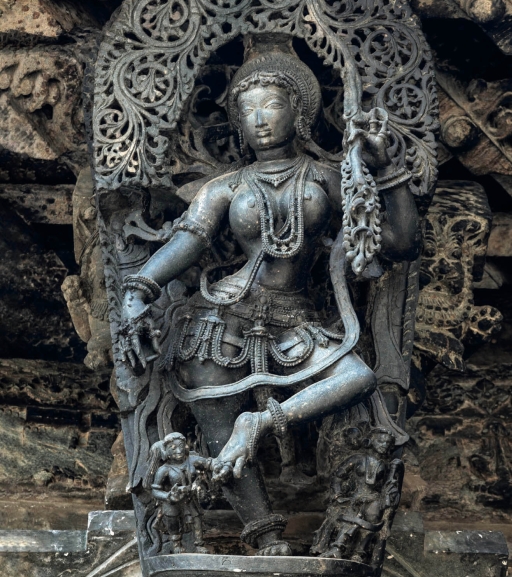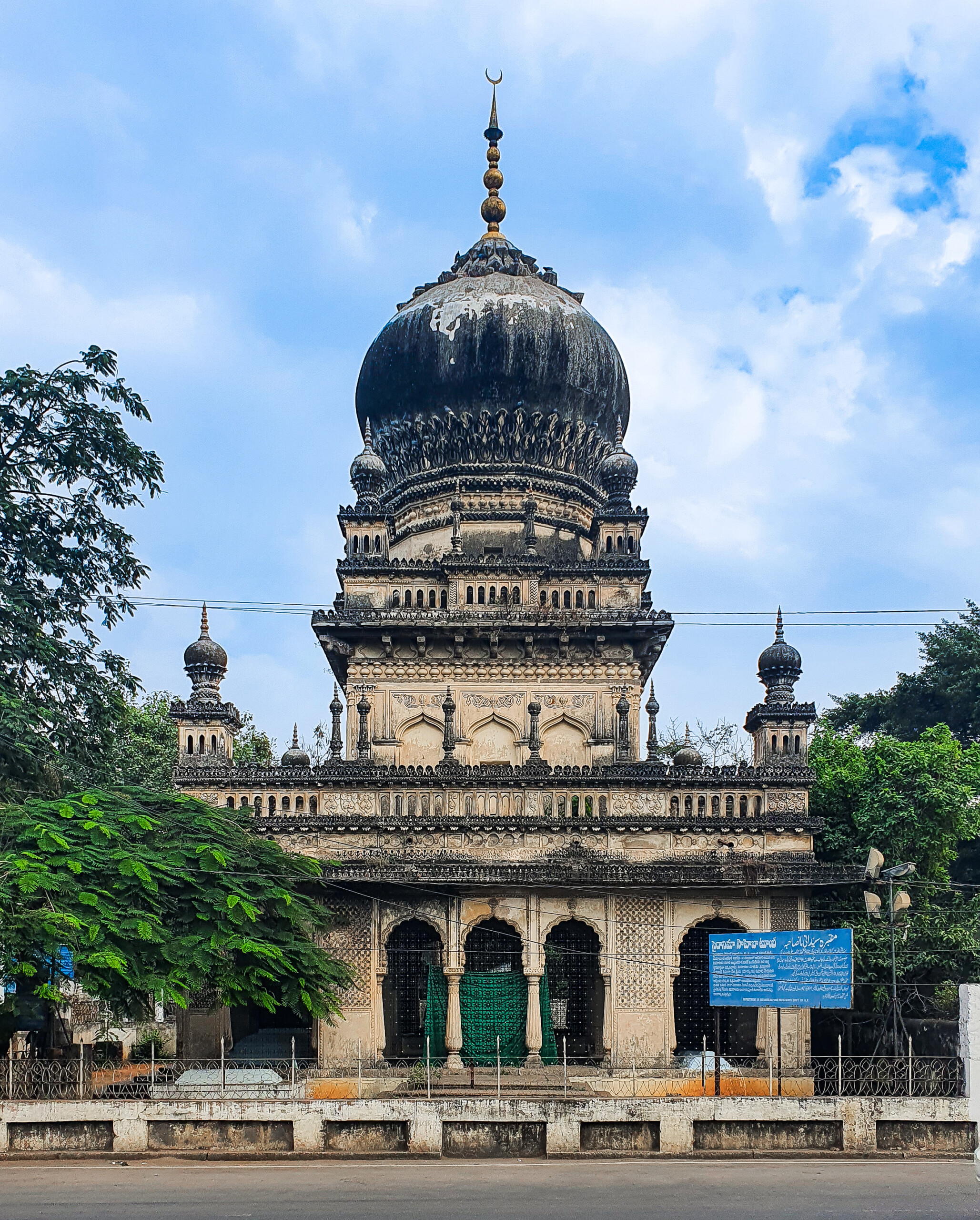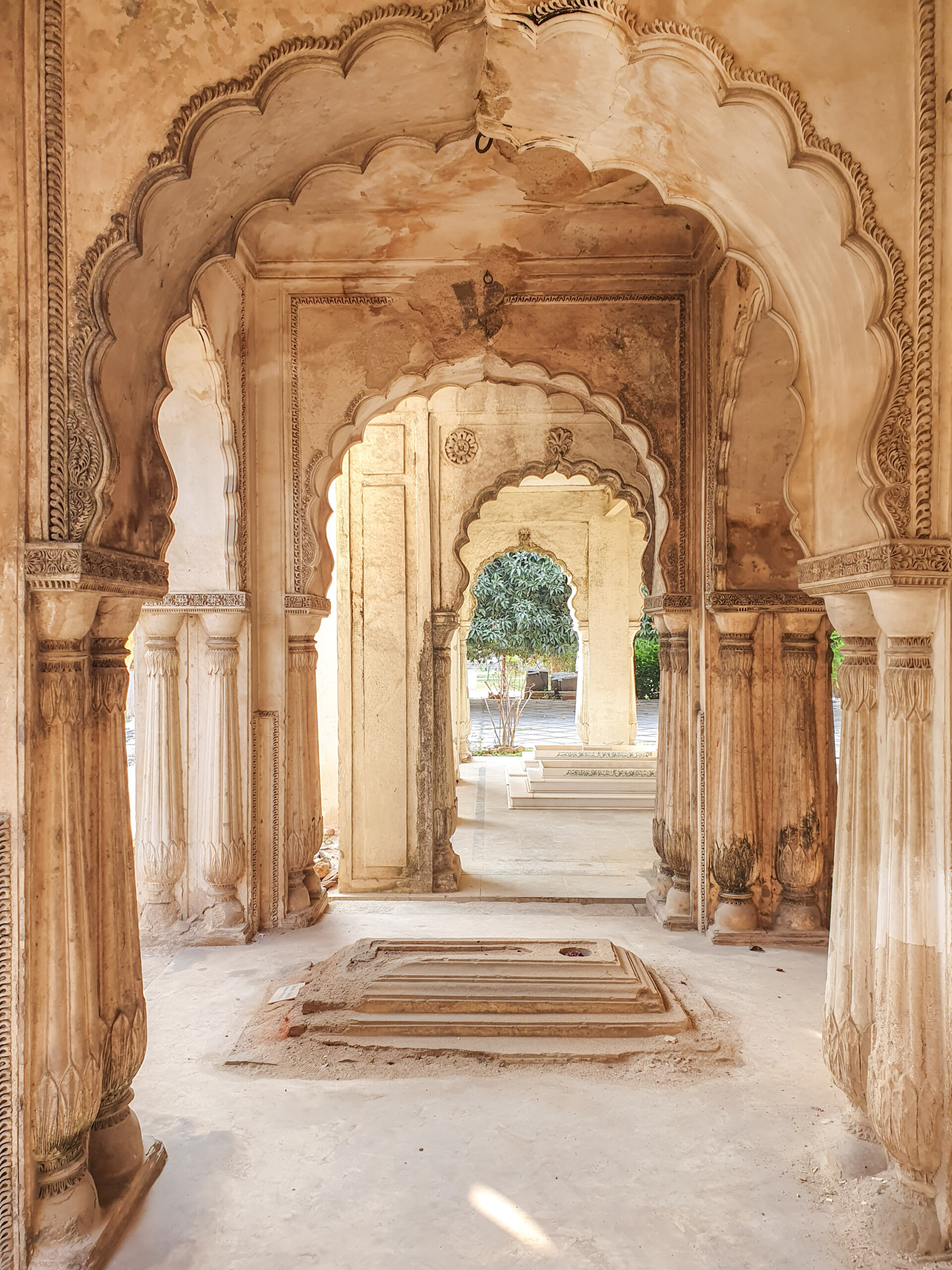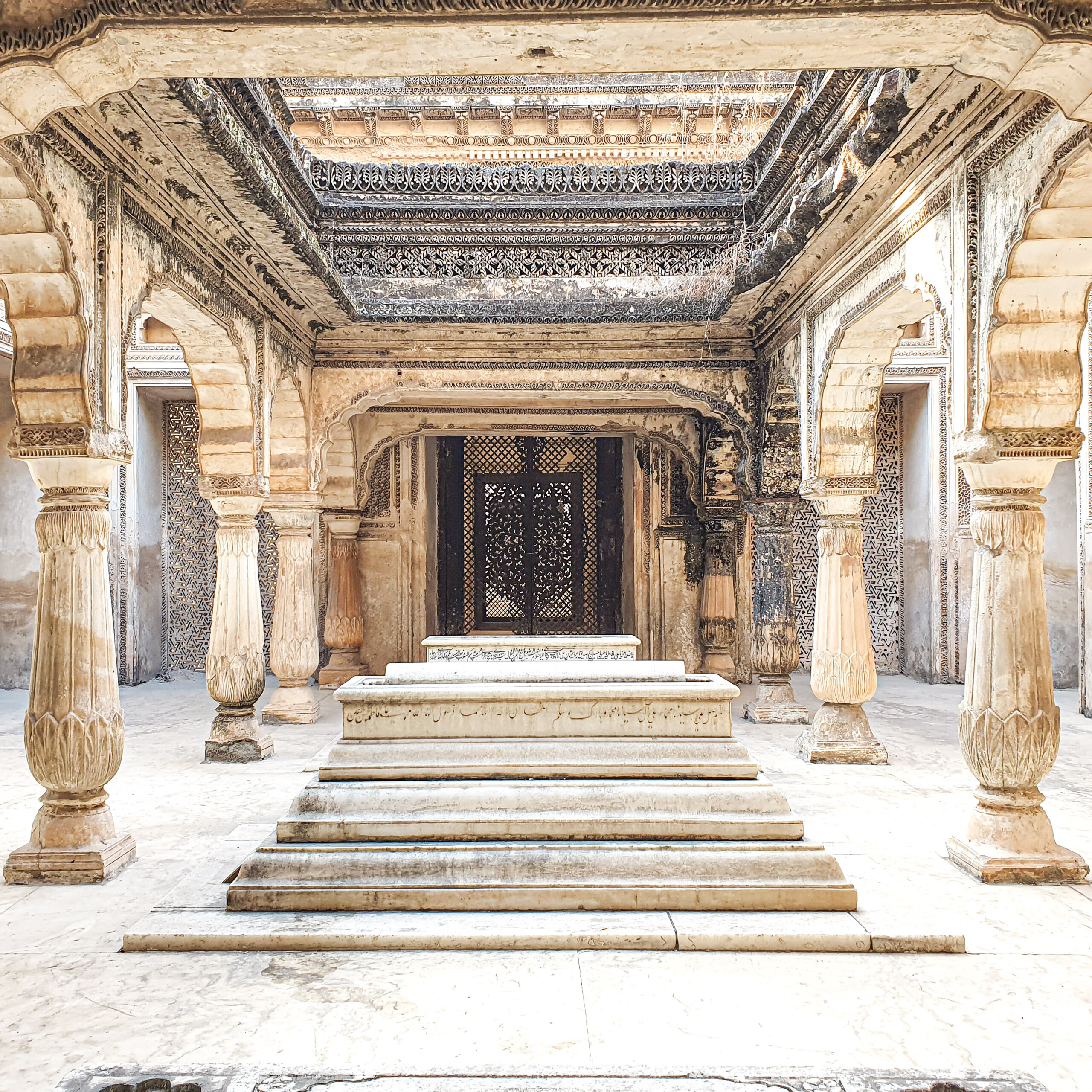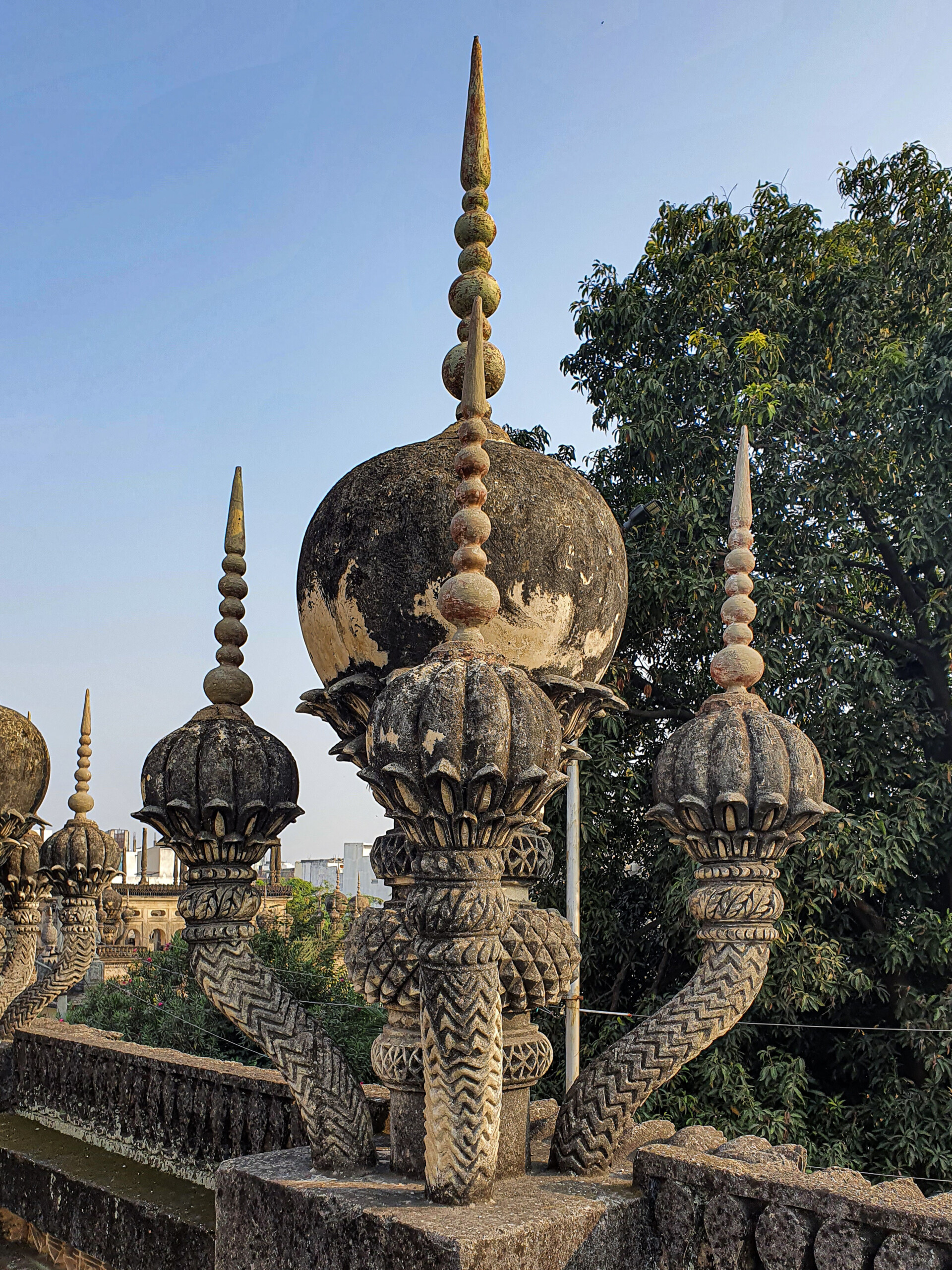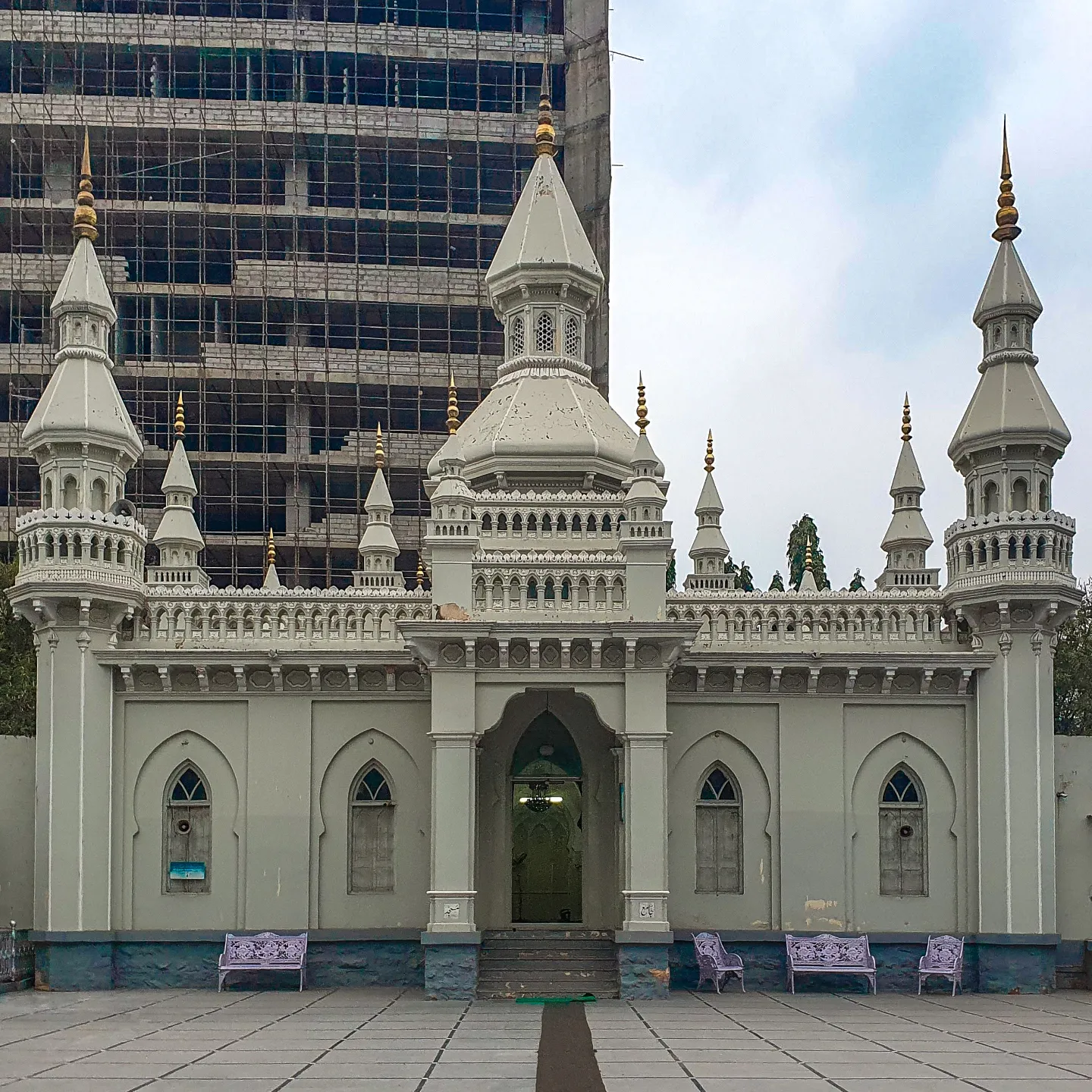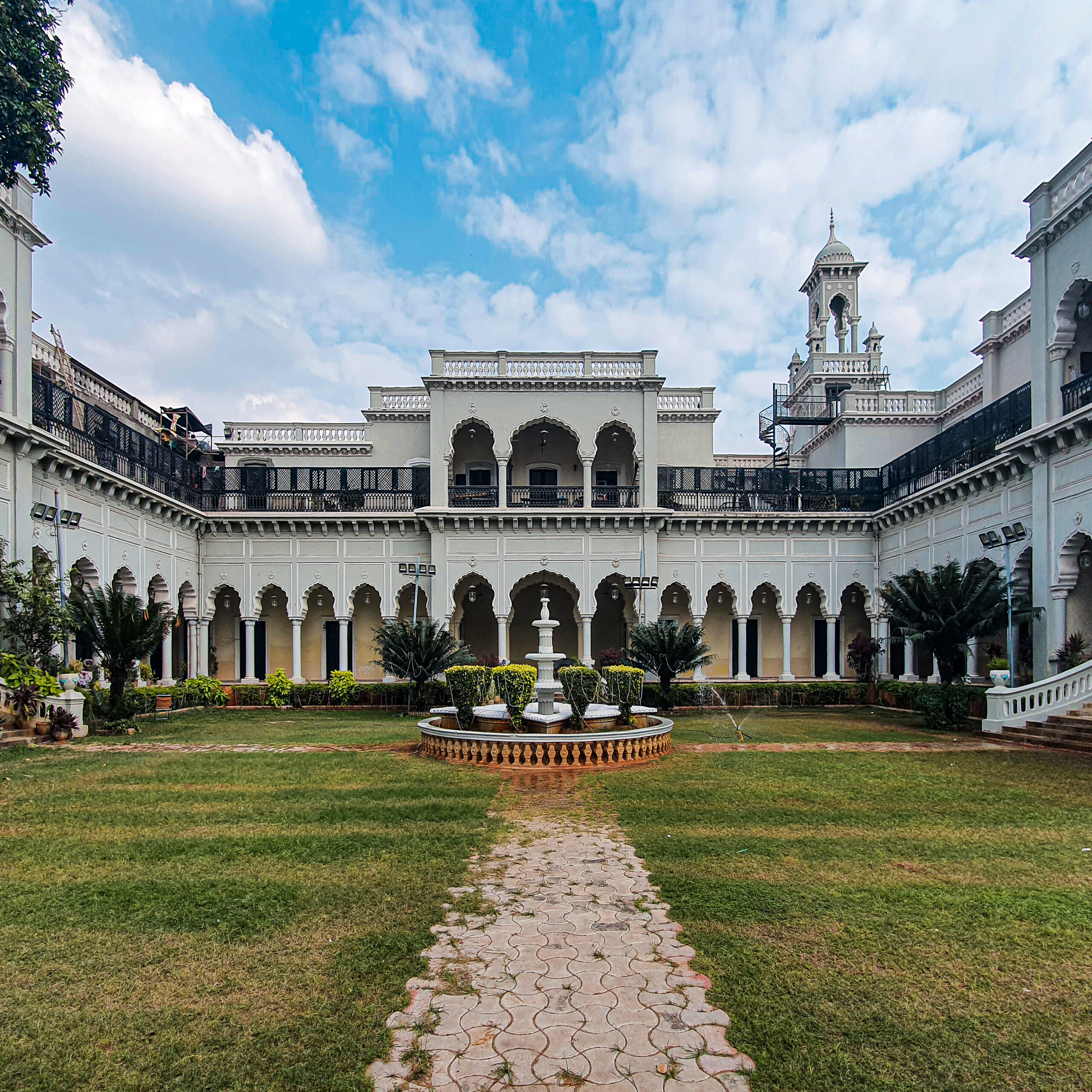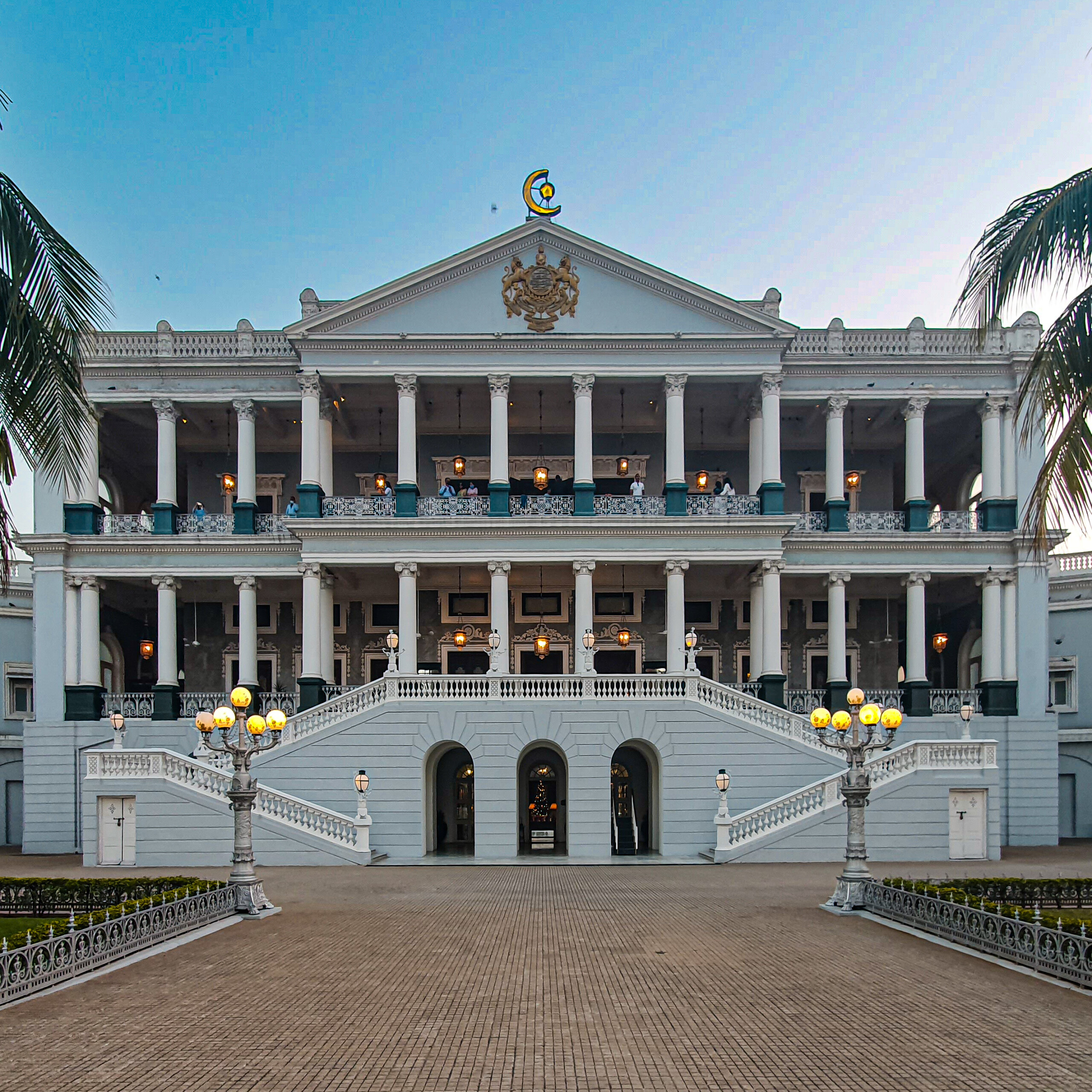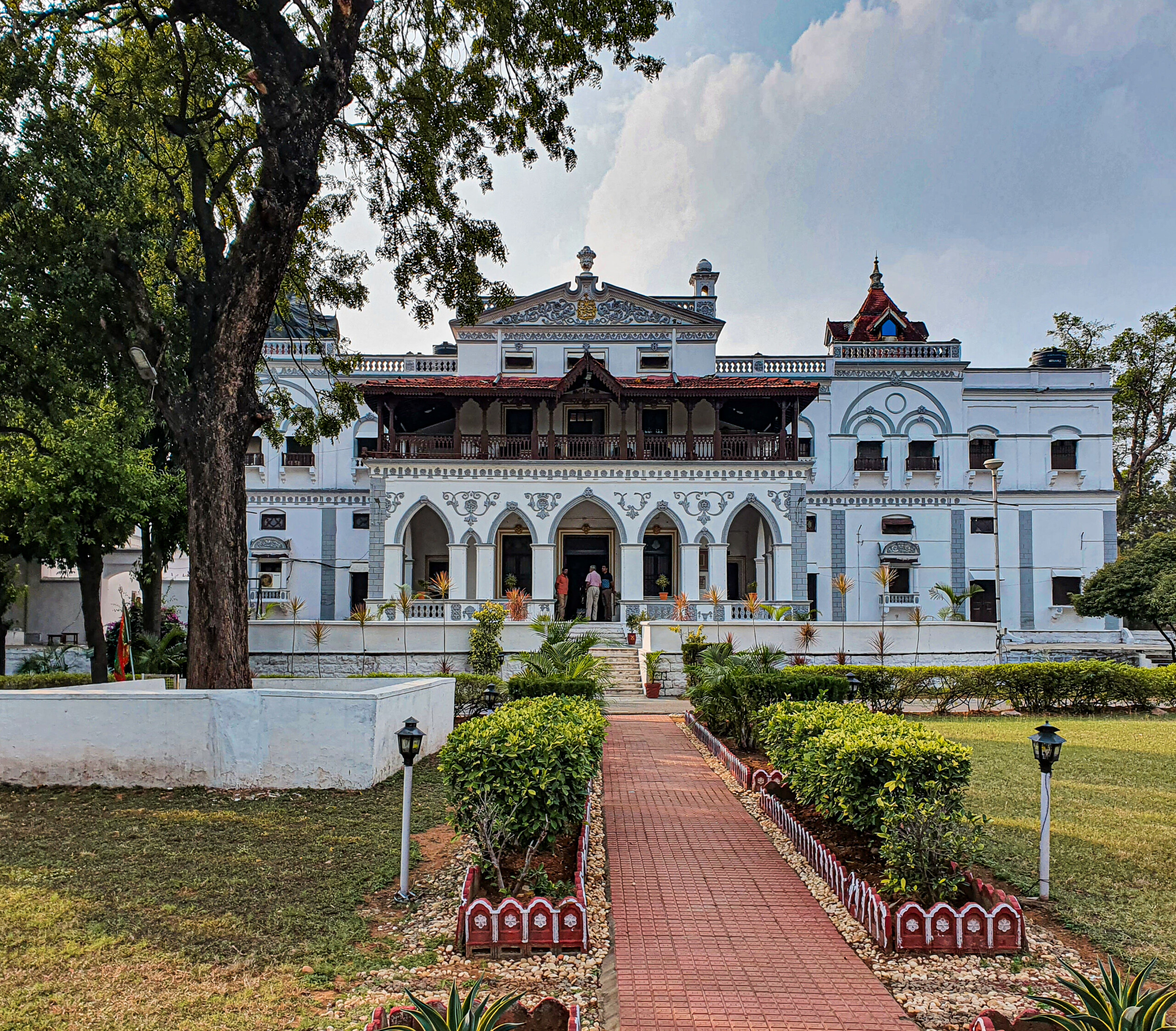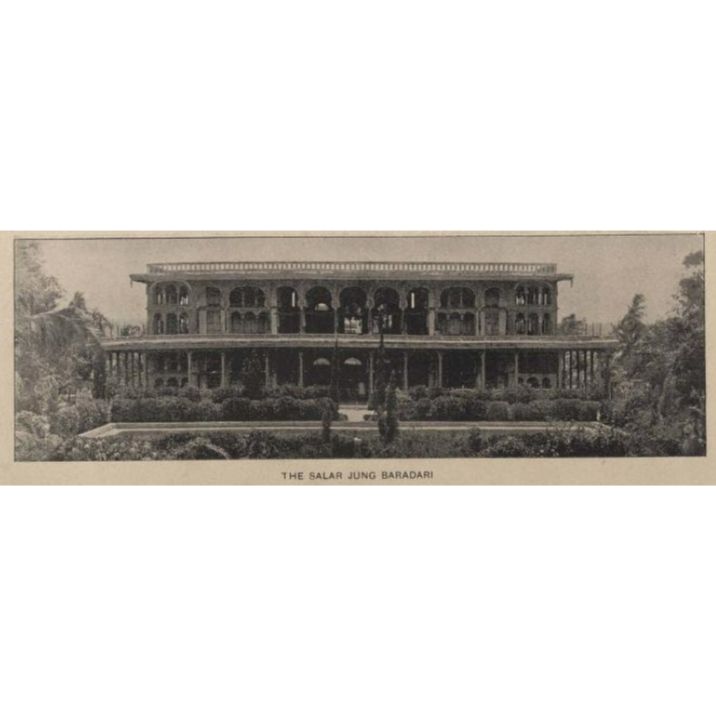The Vassals of Hyderabad
Sam Dalrymple
One of the most extraordinary things about Hyderabad State was the array of vassals who pledged allegiance to the Nizam but held semi-autonomous kingdoms.
A tenth of all land, for example, was ruled by fourteen Hindu vassals called the samasthans. Many of these were ancient kingdoms from before the arrival of Islam. The Rajas of Anegundi (modern Hampi) for example, were essentially Vijayanagaran nobles who had pledged allegiance first to the Bijapur Sultans and then the Nizams.
Then there were the Salar Jungs, extraordinary art collectors who ruled the area around Ajanta and embellished their teak baradaris with rare Chinese porcelains, Italian marbles and a vast collection of Mughal miniature paintings that made many contemporary collections in Europe look provincial by comparison.
Within Hyderabad city itself, it was the Paigah family who were the most prolific builders, constructing everything from the Falaknuma Palace and Khurshid Jah Devdi to the extraordinary Paigah tombs.
But the most extraordinary vassals of all were the Qu’aiti Sultans, rulers of what is now eastern Yemen, who were employed as Jemadars of the Nizam’s Irregular Arab Forces.
The Nizam himself argued that the existence of his many vassals proved that Hyderabad was no ordinary princely state.
And indeed it wasn’t. “The state’s income and expenditure rivalled those of Belgium and exceeded those of twenty members of the United Nations.” Rather than be treated like the other princely states, many felt Hyderabad was a nation in its own right.
The Deccan Heritage Foundation x Sam Dalrymple – A series that uncovers the history of Hyderabad through the eyes of Historian Sam Dalrymple. This article originally appeared on the Deccan Heritage Foundation Instagram page.
More from the series
The Millenial City of the Telugu Sultans
Sam Dalrymple
Palaces of Nizami Hyderabad
Sam Dalrymple
Mosques of Hyderabad
Sam Dalrymple
The Great Citadel of the Deccan
Sam Dalrymple
Chowmahalla Palace
Sam Dalrymple
The Last Nizam of Hyderabad
Sam Dalrymple

